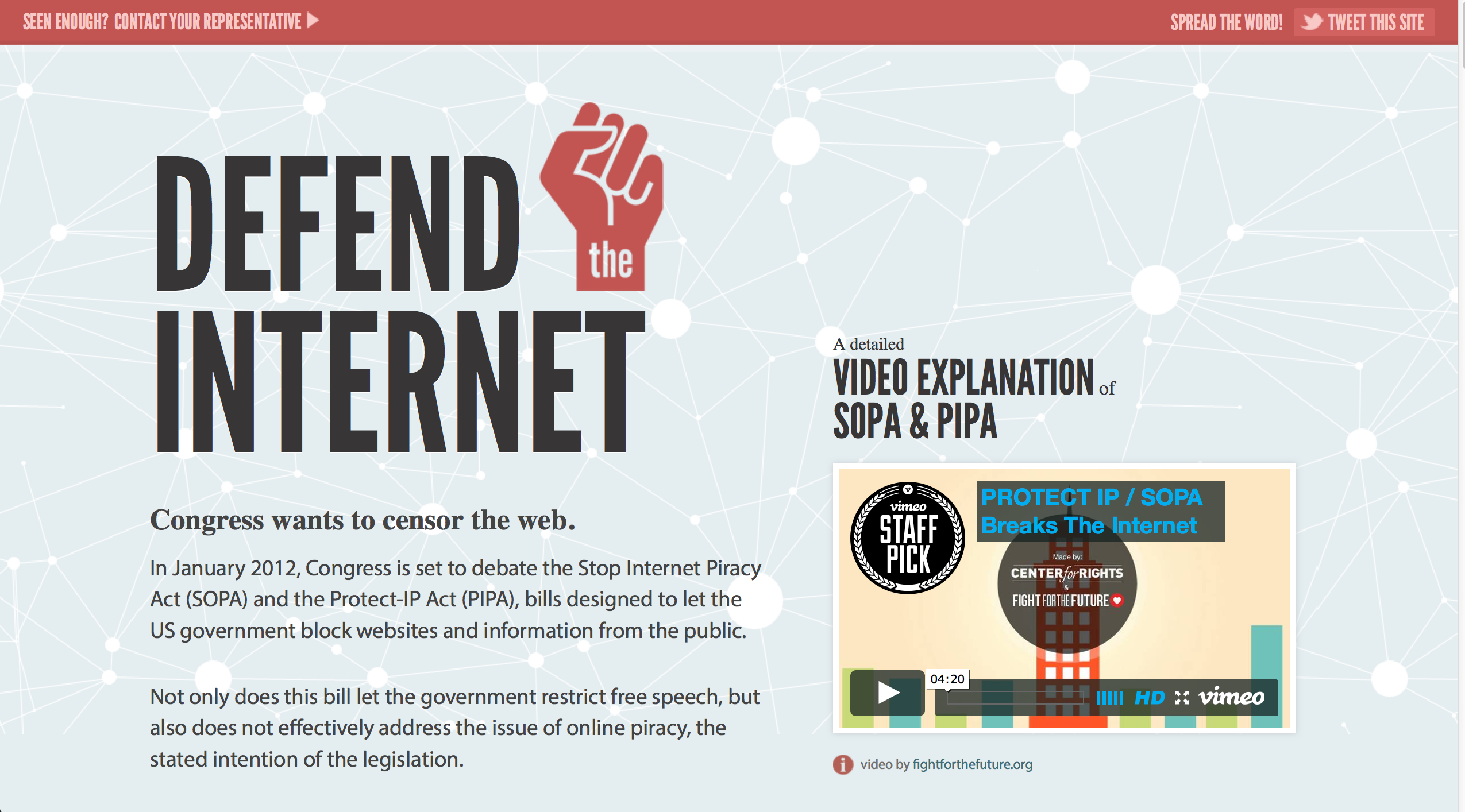Now, Let's tell your story in a compelling way...
Ask yourself these 6 questions to get started.
-

1. What’s your reason for being?
To tell your story, you have to know your reason for being in business and be able to articulate it clearly. What is your purpose? What is important to you? What makes your product different from the competition?
-

2. What’s your history?
From shampoo to chocolate to logistics companies, people want to know the history of your products or services and how they came to be. Has anyone else owned your company? How did it come to be? Was there a creative or historical event behind the origin of your business? If you’re stuck for inspiration, consider that the luxury notebook company Moleskine created a fictional history around its notebooks, describing them as “The legendary notebook used by artists and thinkers over the past two centuries: among them Vincent van Gogh, Pablo Picasso, Ernest Hemingway, and Bruce Chatwin.”
-

3. Who are your main characters?
Every brand story has main characters that helped it take shape. Was your business inspired by a book? Did your founders have a chance meeting with someone on a subway? Was there an aha moment while jogging? To find the heart of your story, start by identifying all of the people (real or fictional) who make your business thrive, and use them as your cast of characters.
-

4. What’s your corporate mission?
This is your business’ ultimate reason for being. Why are you in business? What call are you responding to? What problems are you trying to solve? Method Products founders Eric Ryan and Adam Lowry set out to turn the consumer goods industry on its head by creating products that “inspire a happy and healthy home revolution” with ingredients that “come from plants, not chemical plants” and will be “role models in bottles.” Method’s annual revenue now exceeds $100 million.
-

5. How have you failed?
Failure often breeds success. Showing people how you failed along the way and transparently embracing those pitfalls demonstrates the humanity of your business and will help them feel more connected to you on a personal level. Even Henry Ford failed in his early businesses and lost his fortune five times before founding the Ford Motor Company.
-

6. Where are your gaps?
As you dive into the Q&A, pay attention to topics or subjects that you see people being hesitant to share. It’s common practice to try and fill every month and year of your working life when creating a resume. You aren’t “supposed” to have any gaps in your professional life. From our experience, those gaps are usually where the most interesting stories take place. Whether a year of work is missing from traveling the world, starting a family, or simply being unemployed, the best stories often come from those empty spaces. Be honest with yourself and acknowledge the good and the bad. What you’ll likely find is that during those times you normally wouldn’t highlight, the most interesting part of your story will emerge.
-

MAKE YOUR STORY MEANIGNFUL!
You have to know who you are before you can explain it to someone else. Brands that don’t have their core value propositions in place, or have internal discrepancies about what they are even trying to say, will never be able to share their story with the world in an honest and engaging way.
-
Now Tell
your
Story!





